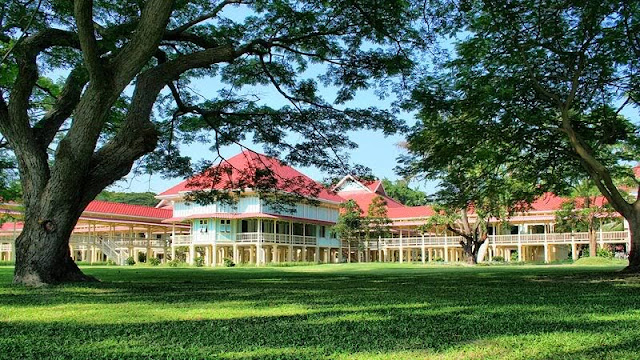Chiang Saen

It is recorded that an ancient community was founded in the north of Chiang Rai Province more than 2000 years ago. This ancient town was named Yonok Nak Phan. According to legend, King Singhanawat founded the town, and the Nagas (mythical serpents) helped dig the town’s moat. Later, Yonok Nak Phan faced its unfortunate destiny; it collapsed and turned into a swamp. According to the geological evidence, it is believed that the town’s destruction was caused by an earthquake which turned it into present-day Chiang Saen Lake.
The above story is just a historical tale. However, it is clear that Chiang Saen existed during in the reign of King Meng Rai of the Lanna Kingdom, because it known that he truly existed. In the ancient Tai language of Burma and Northern Thailand, the word ‘chiang’ means ‘a big town’, while the word ‘saen’ presumably comes from King Saen Phu, King Meng Rai’s nephew. After King Meng Rai passed away, King Saen Phu came back, renovated Chiang Saen, and was its third king. He also resided and worked there; therefore, Chiang Saen was a capital city from 1327 – 1341, spanning the reigns of King Saen Phu and his son, King Kham Fu. After that, Chiang Saen declined in importance from the capital city to simply a leading town. Nevertheless, Chiang Saen Town was well developed, and Buddhism was dearly cherished by its governors. Ruins of 75 temples have been found within the town walls, and 66 were situated outside. This large number of temples attests to the thriving civilization of Chiang Saen.
In 1557, Chiang Saen, Chiang Mai and several towns of the Lanna Kingdom were captured by Burma. Later, Ayutthaya won them back, and eventually they came under the control of Bangkok.
The many ancient ruins make Chiang Saen a peaceful tourist attraction, with lots to explore. The Town offers a charming and serene atmosphere on the banks of the Khong River, at the three-country border between Laos, Burma and Thailand. Chiang Saen has both scenic natural attractions and an impressive cultural heritage. In particular its impressive Buddha images showcase Lanka, Sukhothai and Ayutthaya art and techniques. Besides, the graceful stuccos and splendid craftwork found in the area are Thailand’s great heritage for its younger generations.
Location : Chang Rai

